Australian Tropical Rainforest Plants - Online edition
Polyscias nodosa (Blume) Seem.
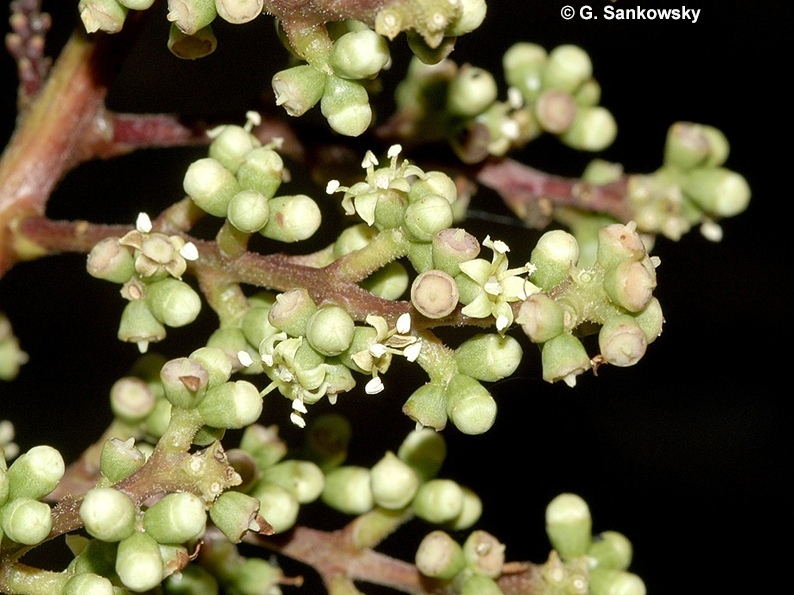

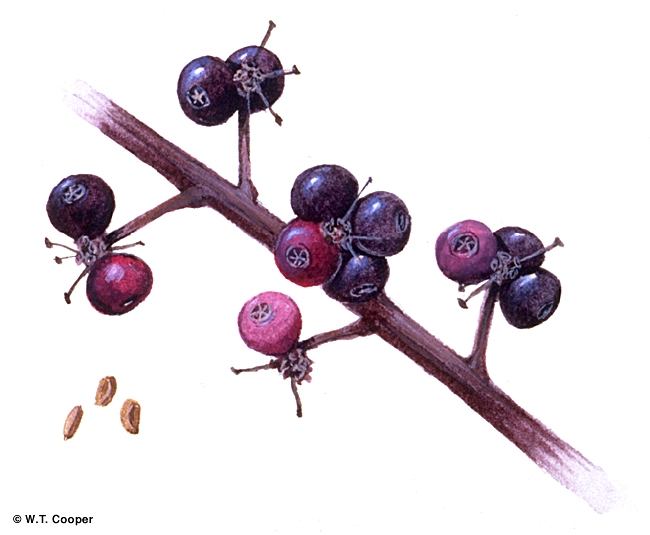
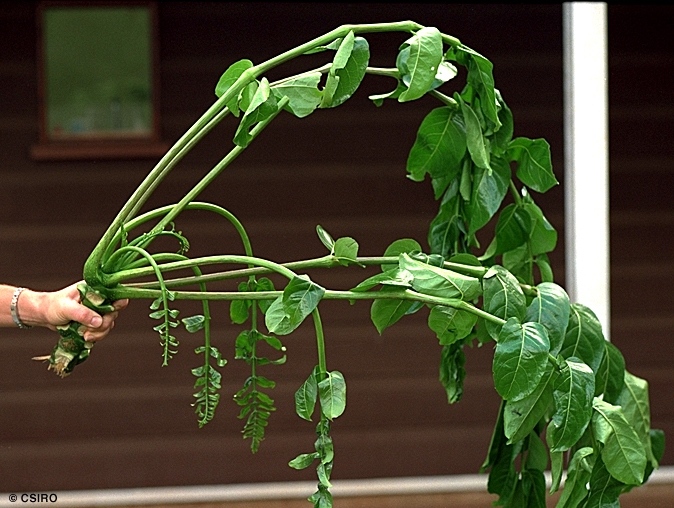
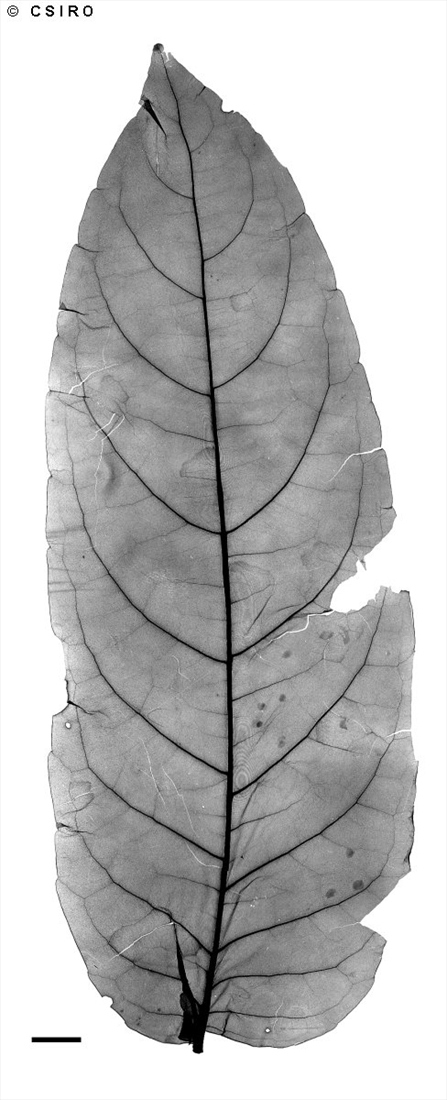
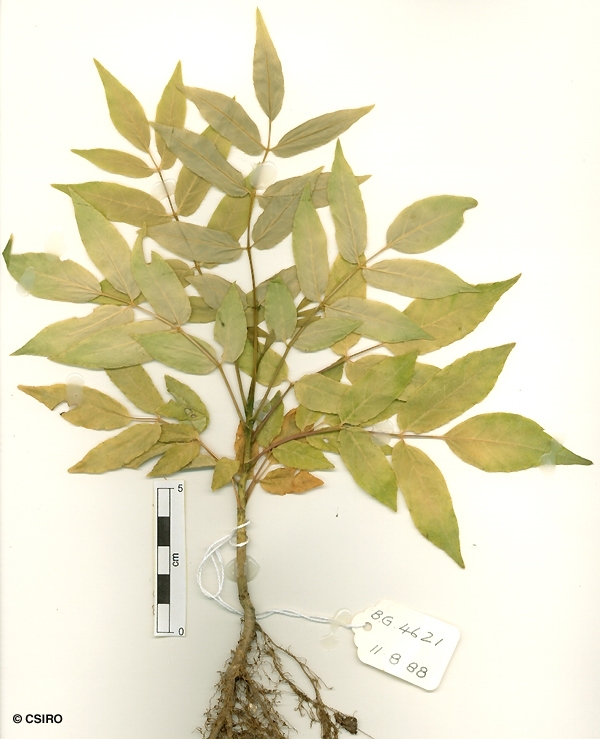
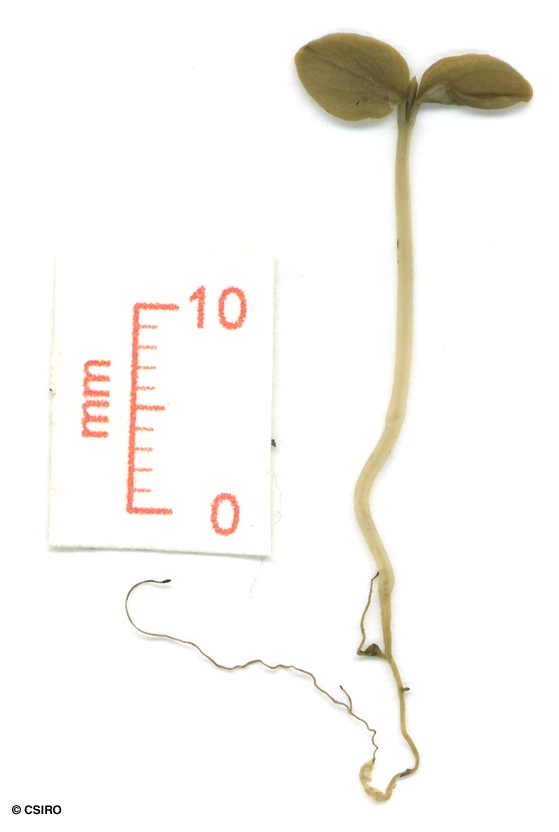
Seemann, B.C. (1865) Journal of Botany 3: 181.
Usually a single-stemmed tree, without branches. Lenticels tend to be arranged in vertical lines. Brown stripes in the inner blaze.
Inflorescence large. Individual flowers sessile or very shortly pedicellate. Calyx lobes very small and inconspicuous. Petals about 2 mm long, marked by a relatively large and conspicuous raised midrib on the adaxial surface; apex of the ovary flat or slightly domed. Styles five.
Cotyledons ovate, about 6 x 4 mm. First pair of leaves with fine pointed teeth. At the tenth leaf stage: leaflets ovate, apex apiculate, unequal-sided at the base, a few spine-like hairs along the midrib on the upper surface of the leaflet blade and around the margins of the crenate leaflet blade, teeth inconspicuous. Seed germination time 40 days.
Occurs in CYP, NEQ and CEQ. A rare species known only from a few collections at Iron Range, Hutchinson Creek, Kuranda Range, Edmonton, Mission Beach and Conway. Altitudinal range from near sea level to 300 m. Grows in gaps in well developed lowland rain forest. Also occurs in the Solomon Islands and Malesia.
This species is used medicinally against purpuric fever and to delay pregnancy (Mindanas).
The leaves are used to stupefy fish. Philipson (1979).





